No investment is entirely safe. However, investors summarise bank savings accounts, Collections, Depository assurances, cash market accounts, and fixed annuities as the safest retirement investments you can have. Read more about Safe Retirement Investments here.
Bank savings records and Minimal disks are regularly FDIC-insured. Depository securities are government-upheld notes. Money market accounts are OK, and fixed annuities have guarantees made into their arrangements.
Annuities are likewise insurance contracts and have a couple of assurances set up if the insurance company misses the mark. The primary job of these vehicles is to guarantee your principal. A discretionary justification existing is to give interest income.
You’re not going to get significant yields from these decisions, yet you won’t see misfortunes taking everything into account.
Decide How Much To Invest In Safe Investments
You want to keep three to a half years of living expenses in safe investments as your emergency fund. The less secure your business, the more money you want to keep disguised safely. The nearer you are to retirement, the more money you want to keep in OK investments that don’t have eccentrics.
As you approach retirement, make a retirement income projection and use it to determine how much to keep in safe investments. A financial advisor or broker can help you create a projection, and you can use it to see how much you’ll need to pull out and when.
Then you can coordinate your safe investments with your income needs, so use safe decisions to fund your withdrawals.
Develop Realistic Rate Of Return Expectations
What kind of investment returns, or generally how much investment income, would it be a smart thought for you to expect to get from safe retirement investments?
It depends upon the year. Between 2000 & 2015, return on safe investments ranged from a high of 6% in 2000 to a low of 0.11% in 2014. The current interest rates are at historic lows, so do not anticipate much income from safe decisions. You’ll need to include various choices if you want the potential for more significant yields.
Avoid Bad Investments
One key to making safe investments is understanding how to avoid bad investments. You can prevent many bad investments by knowing what to look for when investing. For instance, avoid investments with steep quiet submission charges and high costs. A thorough examination of any potential investments to avoid anything that promises a quick, momentary return.
Avoid investments that seem, by all accounts, to be confusing; if no one can plainly explain the investment, it’s not worth the risk. Avoiding mistakes might be the main factor in your retirement accomplishment.
What Is An ETF?
An exchange-traded fund (ETF) is a kind of safety that tracks an index, sector, thing or another asset that can be purchased or sold on a stock exchange identical to standard stock. An ETF can follow anything from the expense of an individual ware to an enormous and diverse combination of assurances. Investors can organize ETFs to follow unequivocal investment strategies.
A notable model is the SPDR S&P 500 ETF (SPY), which tracks the S&P 500 Index. ETFs can contain many kinds of investments, including stocks, things, bonds, or a combination of investment types. The expense of an ETF’s shares will change all through the trading day as the shares are bought and sold accessible. Besides, ETFs will overall be more functional and more liquid when compared to shared funds.
Kinds Of ETFs
Various ETFs are open to investors that they can use for income age, hypothesis, cost increases, and to a fence or almost offset risk in an investor’s portfolio. The following are a couple of instances of the kinds of ETFs.
Investors should know that many inverse ETFs are exchange-traded notes (ETNs) and bogus ETFs. An ETN is a bond, yet exchanges like a stock and issuers like a bank support the bond. Ensure to check with your merchant to determine if an ETN is a right fit for your portfolio.
In the U.S., most companies set ETFs as open-finished funds. They are subject to the Investment Company Show of 1940 except where ensuing principles have adjusted their regulatory prerequisites. Open-end funds don’t confine the number of investors involved in the thing.
Conclusion
But not investments. Finding guaranteed retirement income falls in a comparable class as safe investing. In light of everything, how much safer can you get than guaranteed? The fundamental wellsprings of guaranteed income are Government retirement assistant, benefits plans, and annuities. These decisions give an incredible establishment to a safe retirement income plan.
Safe retirement investments should have their place in your portfolio, yet being too safe can hurt your bottom line. The more drawn out your money is working for you, the more it will end after retirement. If your portfolio ends up being too safe too soon, you’ll miss out on potential gains. Work with a financial adviser or broker you trust to keep a legitimate risk profile.








